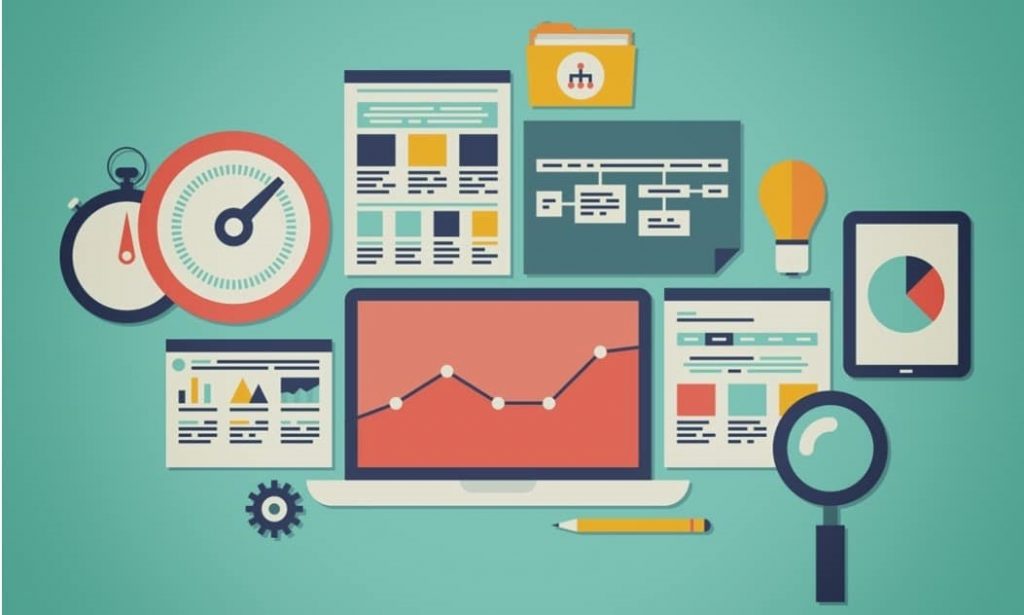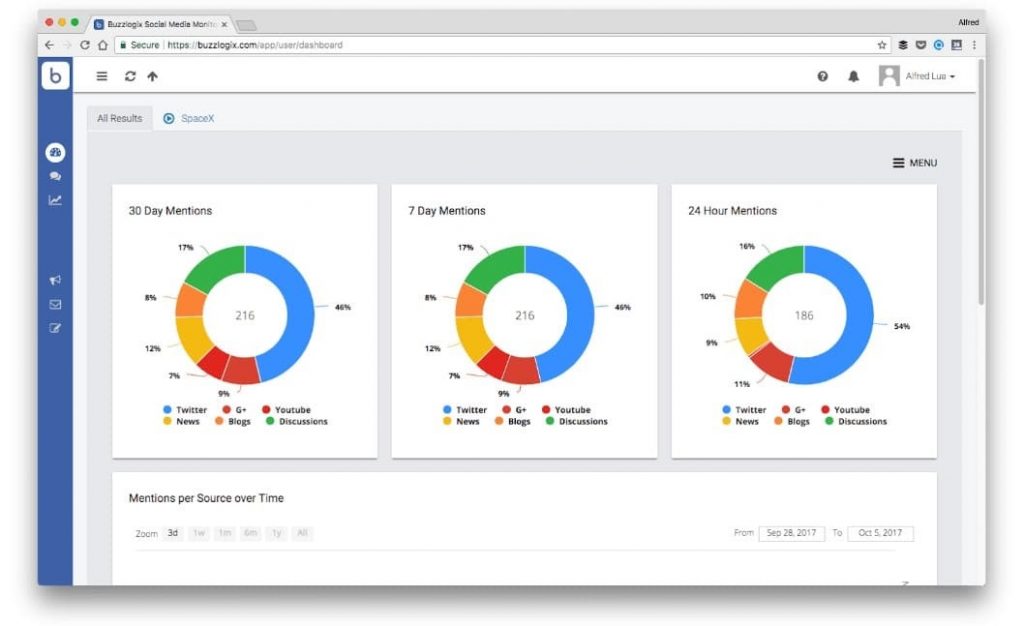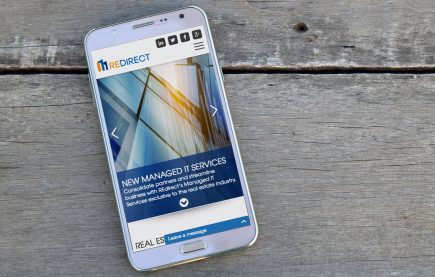
3 Ways Media Monitoring Can Help Your Brand or Firm With Content Strategy
Most businesses allocated 25.4 percent of marketing budgets in 2022 to marketing technology like media monitoring tools to track their online presence and mentions.
Media monitoring is an important practice for any business. This strategic process involves collecting, studying, and drawing conclusions from data from various media sources. It includes traditional platforms like newspapers and television, as well as digital media like social media and online news applications.
The primary goal of dealing with more data is to help brands understand what the public thinks of something, emerging trends based on their target audience’s behavior, and relevant conversations surrounding a brand, industry, or topic.
Media monitoring is an attentive watchdog for your brand presence. These AI-powered monitoring tools give you a detailed understanding of your media presence and help you make informed decisions in an evolving communication system.

How Does Media Monitoring Work?
Understanding how media monitoring works is the foundation for businesses to use real-time insights in shaping their communication strategy. It’s like being one step ahead, keeping your brand shining. So, here’s the lowdown on how media monitoring works:
Step 1: Data Collection Process
Media monitoring starts with gathering information automatically from various sources that might help you. Web crawlers explore the internet for relevant information. Then, content from newspapers, articles, blogs, online forums, and social media gets indexed. The huge amount of data collected gives you a complete overview of your brand’s presence.

Step 2: Text and Sentiment Analysis
The collected data undergoes guided and focused text analysis using AI. Natural language processing (NLP) algorithms translate textual content and extract key themes, sentiments, and words or sentences with the same meanings. This analysis shows what the audience thinks about your brand and other products and services you offer.
Step 3: Real-Time Monitoring
Media marketing tools work in real time to ensure you receive up-to-the-minute information about your online presence. This is essential, as it will help you identify emerging trends, address problems that your target customers might be facing, and work on improving your existing products based on customer feedback.
Step 4: Multichannel Monitoring
The current AI-powered marketing tools focus on more than just gathering information from one platform. They train their “eyes” on every place possible, including social media, news websites, blogs, and forums. This multichannel approach gives you a clear picture of how people interact with your brand on different platforms.
Step 5: Customized Metrics and Reporting
Today’s advanced and AI-powered marketing tools allow you to tailor metrics and reports to your business goals based on interpreted data. From tracking keyword mentions to observing competitor activities, you can adjust your monitoring approach to extract the most relevant insights.
The Role of Media Monitoring in Content Strategy
Content strategy can make or break your dream of growing your business, and creating one such promising strategy takes a great deal of effort. The insights generated by media monitoring tools can help during the process. So, here’s how media monitoring can help you build a content strategy:
1. Content Optimization Through Insights
Media monitoring is a major part of content optimization. It provides actionable insights taken from real-time data. For instance, a brand might use media monitoring tools to identify trending topics and keywords within their industry. With this data, content creators can create their materials to match the current interests of their audience.
2. Adaptive Content Strategy
One of the fundamental strengths of media monitoring is its ability to boost adaptability in content strategy. Since the current media monitoring tools update insights every minute, you can dynamically adjust your interactive content strategy when analyzing audience behavior and emerging trends.

Think about how Netflix uses media monitoring to understand user choices, which it then uses to suggest personalized content recommendations. This adaptive strategy ensures that the brand remains relevant and responsive to the changing tastes of its audience.
3. Competitor Analysis
An effective content strategy involves understanding the competitive landscape. AI-powered monitoring tools provide insights into competitor activities, helping businesses identify opportunities and refine their systems.

For example, Coca-Cola uses social media monitoring tools to keep tabs on industry competitors, allowing it to innovate content strategies and maintain a leading position in the beverage market.
Conclusion
Media monitoring is a vital compass in today’s modern communication space that guides brands toward successful content, adaptation, and risk mitigation. It’s the difference between shouting into the void and having everyone sing your tune. So, PR professionals must adapt to the future, tune in, and watch the brand soar.
It lets them turn challenges into opportunities and build strong relationships with their audience. It’s the future of PR and storytelling, where brands win by connecting authentically and navigating the ever-changing seas of perception.


